I am trying to build an electret microphone amplifier circuit run from a 9V battery. The mic doesn't have a part number on it, so I have been making assumptions based on similar datasheets. Most have impedances measured at 2.2 kΩ, but I have measured mine as 1.2 kΩ. I'm assuming it will draw the same max current, 0.5 mA, and chose a resistor value of 15 kΩ.
With 0.5 mA running through it, theoretically there should be a 7.5 V drop across the resistor, giving a Vmic of 1.5 V and powering it.

simulate this circuit – Schematic created using CircuitLab
However, when I built this up, I was getting 7.5 V across the microphone, and 1.5 V across the resistor, which I cannot figure out. I'm guessing it's not a voltage divider, and the mic is acting more like a cap. Is it not an electret microphone, or am I missing something?